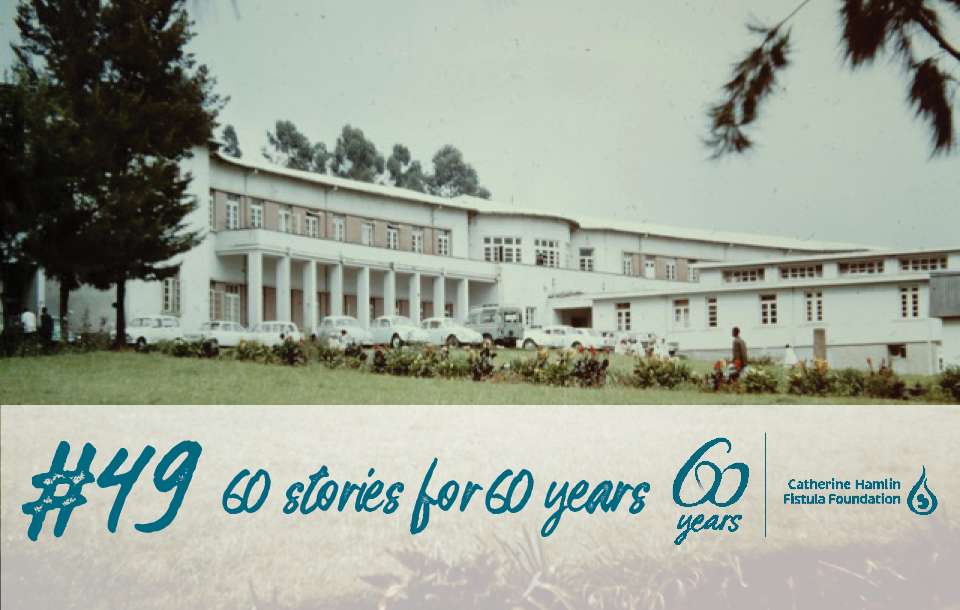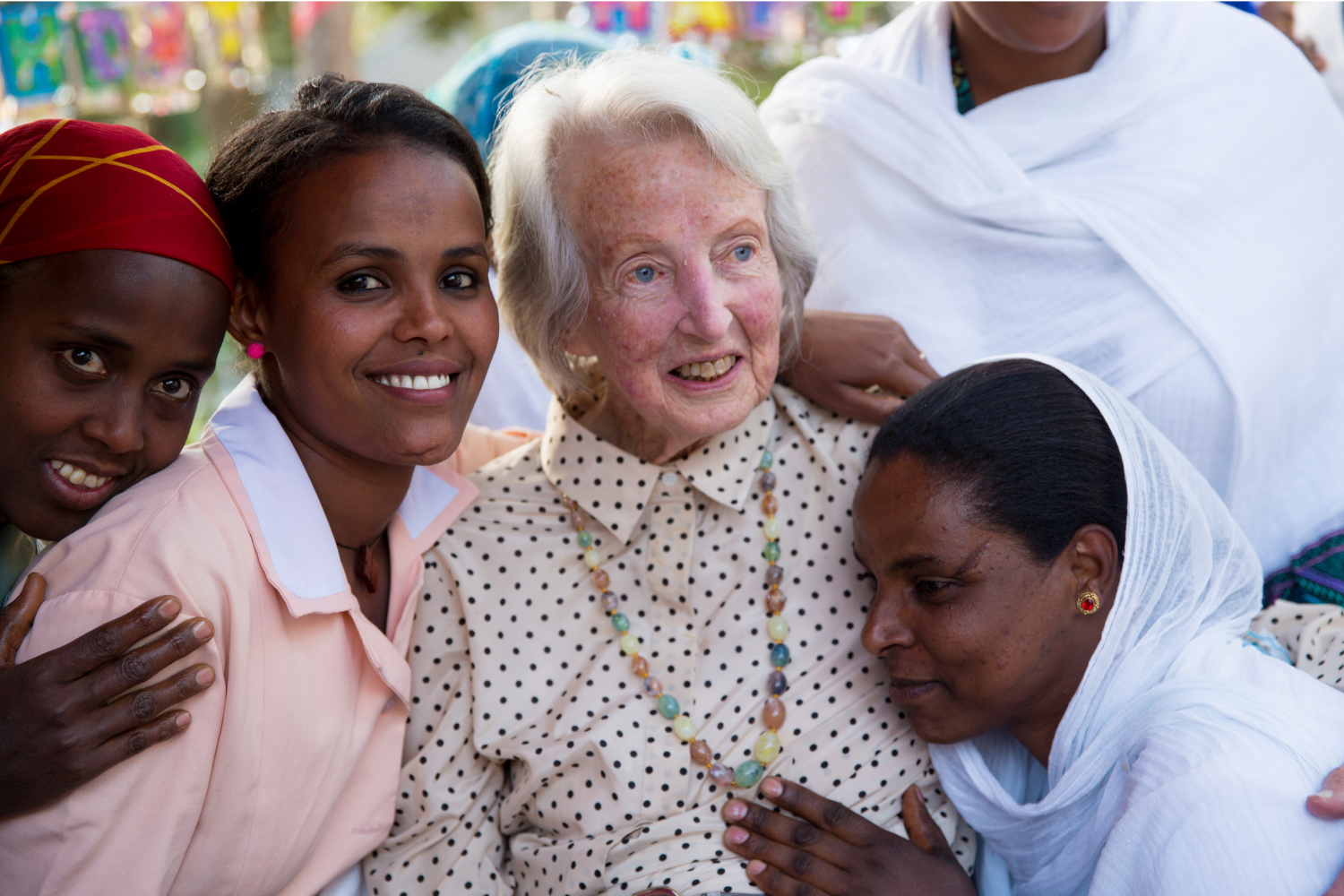After accepting the call in the Lancet Journal and deciding to work in Ethiopia, Drs Reg and Catherine Hamlin had to quickly get to work navigating the maternal health landscape in mid-twentieth century Ethiopia. Their adventurous spirit inspired Catherine and Reg to accept a three-year contract with the Ethiopian Government to work as obstetrician-gynaecologists and set up a midwifery school in Addis Ababa. They arrived in 1959 when Catherine was 35 years of age.
The first patient
On the evening of their arrival in Ethiopia, a fellow gynaecologist told them, “the fistula patients will break your hearts.” The Hamlins had never seen an obstetric fistula case before and there was little or no treatment available in Ethiopia.
A week later they encountered their first fistula patient – a 17-year-old girl who had endured an obstructed labour for five days that delivered her a stillborn baby and left a hole between her birth canal and bladder, leaving her leaking urine uncontrollably. To their horror, they discovered this was a common occurrence, especially in remote areas where access to healthcare was hampered by towering mountains, deep gorges and a lack of infrastructure.



Pioneering and brave surgical work
Initially working from the Princess Tsehai Memorial Hospital in Addis Ababa, Catherine and Reg refined the surgical technique to close obstetric fistula injuries, while continuing to treat a broad range of obstetric cases. Within the first three years, Reg and Catherine had operated on 300 fistula patients. As news of a cure spread, many more women came seeking treatment.
In 1960, while supporter and friend Emperor Haile Selassie was out of the country, the head of the imperial bodyguard staged a revolt. Catherine was in the labour ward delivering a baby when the sound of gunfire and a volley of bullets flew past the window where she was working. Catherine continued to work to deliver the baby, focused solely on the patient, not the unrest or her own safety. This passion and care for her patients has never stopped, not through power outages, not through lack of access to equipment and not through political unrest.



You can read more stories over Catherine’s 96 years in our 60for60 series here.




